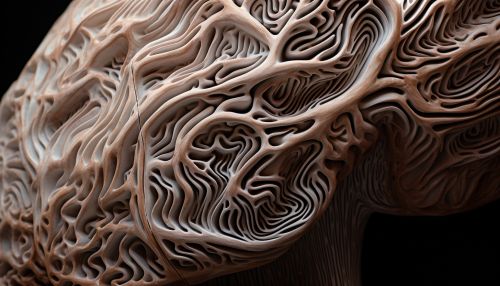Hemispatial neglect
Introduction
Hemispatial neglect, also known as unilateral neglect, is a common and disabling condition following brain damage where patients fail to be aware of items to one side of space. It is defined by the inability to report, respond, or orient to novel or meaningful stimuli presented to the side opposite a brain lesion, when this failure cannot be attributed to either sensory or motor defects.
Etiology
Hemispatial neglect is most commonly associated with stroke, particularly strokes that occur in the right hemisphere of the brain. The condition can also occur as a result of other types of brain injury, such as traumatic brain injury or brain tumors. The most common cause of hemispatial neglect is damage to the right parietal lobe, although it can also occur as a result of damage to other areas of the brain, including the frontal lobe and the thalamus.


Clinical Presentation
Patients with hemispatial neglect may fail to eat food on the left side of their plate, or may only shave or apply makeup to the right side of their face. They may also bump into doorframes or other obstacles on their left side. In severe cases, patients may be completely unaware of their left side and may not even recognize their own left arm or leg.
Diagnosis
Diagnosis of hemispatial neglect is typically made through a combination of clinical observation and neuropsychological testing. The most common test for hemispatial neglect is the line bisection test, in which the patient is asked to mark the midpoint of a line. Patients with hemispatial neglect will typically mark a point significantly to the right of the true midpoint.
Treatment
Treatment for hemispatial neglect typically involves a combination of physical therapy, occupational therapy, and sometimes cognitive rehabilitation. The goal of treatment is to improve the patient's awareness of the neglected side of space and to improve their ability to function in daily life.
Prognosis
The prognosis for patients with hemispatial neglect varies widely. Some patients may experience a significant improvement in their symptoms over time, particularly with intensive rehabilitation. However, in other cases, the condition may be chronic and persist for many years.
